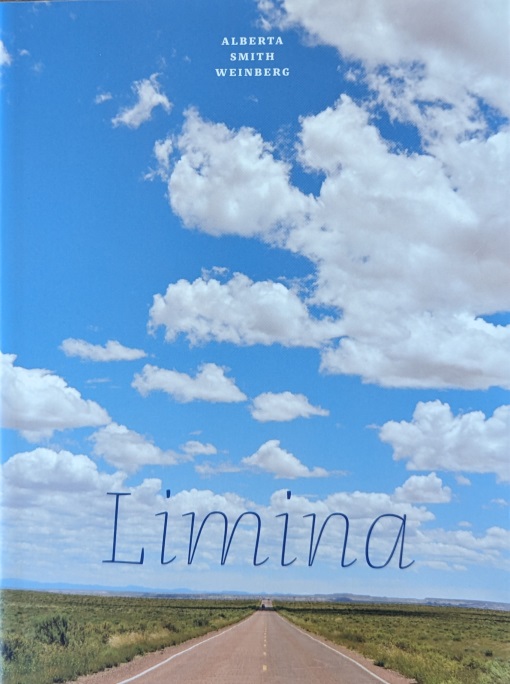
This ring was purchased in Florence, Italy to replace the thin gold band placed on my finger under the chuppah at the Whitestone synagogue in Queens, New York in 1977. I had seen ads for the ring many times in glossy fashion magazines. The bands of the ring move. BULGARI is stamped twice around the top and bottom on both sides. The letters are reminiscent of those on ancient Roman buildings like the Pantheon. I always loved the inscription carved into its lintel: M.Agrippa. F. L. Cos.tertium.fecit. Translated: M. Agrippa, son of Lucius, built this when consul for the third time.
My husband and I bought the ring in Florence as we wandered through the shops built along one of the bridges that cross the Arno. We weren’t really looking for a ring. We entered the Bulgari store to gape in awe at the spectacular jewelry they are famous for and then I saw the ring. They had one that fit, and I left with it on my finger. Now the thin gold band lives in my jewelry box. And so does the Bulgari.
I wore that ring every day until six years ago when our marriage ended. When we separated, I took the ring off my left hand and placed it in its box. I’ve missed that ring—but haven’t been able to resolve that it stood for a marriage that had ended. I’ve thought I could wear it on my right hand or maybe on a chain around my neck. No, not that! When I was in high school wearing your boy friend’s class ring on a chain around your neck meant you were going steady and I definitely was not!
Over the ensuing six years since my ex-husband told me that he is gay and wanted to live a gay life, I have moved through searing rage, depression, inappropriate attachments, gradual acceptance, and finally forgiveness. But what I didn’t realize is I have never dealt with grief—grief that underlies my occasional sadness and feelings of isolation. I never processed my loss. Loss of a long friendship. Loss of shared love and companionship. Loss of future memories., Loss of a close community of friends and family—of holiday celebrations and birthdays. Loss of a solemn contract which I never took lightly.
What hurt the most was the long-standing betrayal, the dishonesty, the subterfuge. The destruction of trust. I handled the sudden separation by numbing myself, barely functional, close friends held me and helped me, over time the numbness faded and anger cloaked my grief. I see that now. I am no longer angry. I respond to those who ask “Are you happy?” “Yes I am.” But just now, after six years, I realize that I need to recognize my grief.
Two years ago, I moved from Seattle to a remote island community in the northwest. I see now that this move was an unconscious desire to heal myself. To begin anew. To shed the persona of divorced woman. I want to be seen as myself. Just my wonderful imperfect self.
I like my new welcoming community. I have made friends, and even found a long-lost one. It is beautiful here: quiet, full of birdsong, eagles, hawks, herons and deer. People walking dogs, gardeners installing elaborate trellises and cultivating vegetables and fruit. I walk a winding trail through old forest and along high banks with vistas of blue water on all sides. Every day the surroundings bring me joy. I have found activities that interest me. I have found find like-minded folk and developed new friendships. Good friends come to visit. They are awed by the beauty of this place. They understand.
Mostly I am very content in my solitude. Grief no longer submerges me. This is a nourishing and expansive place. The cottage I live in was built in 1897. There is no Latin inscription across the door lintel. If there were, it might say “Ecce Sum.” “Here I am.”
